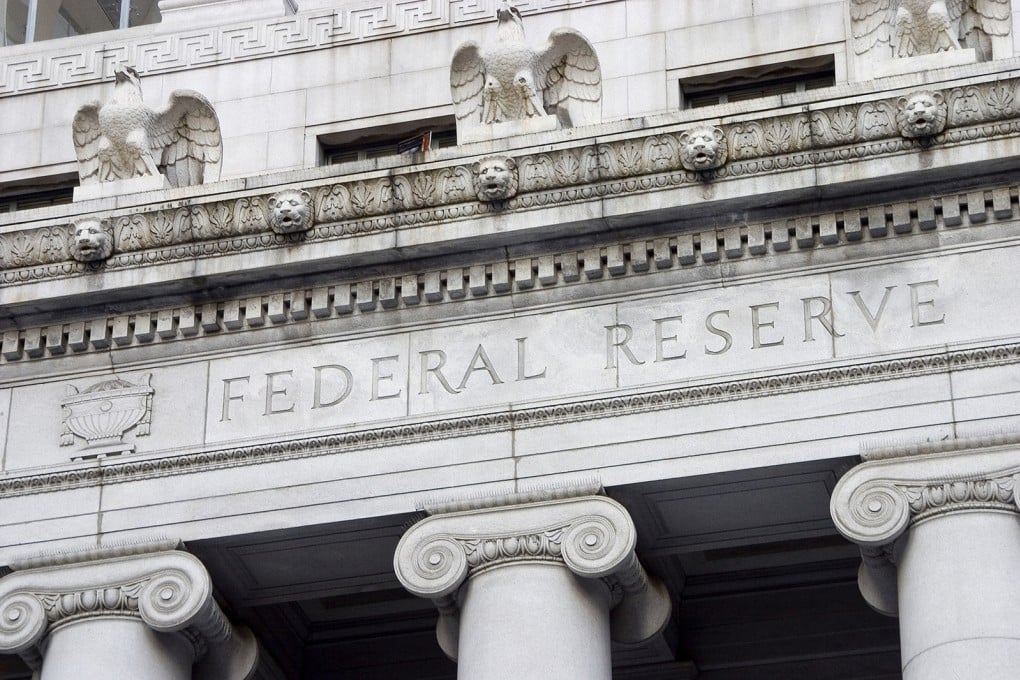Macroscope | What rising global inflation and interest rates mean for the bond market
- The prospect of increased interest rates to combat rising global inflation may have caused a jump in short-term bond yields, but the medium-term outlook is more bleak
- The reality is that yields have been below inflation for some time and that is not likely to change soon

The fear is that this will impede economic activity; spending, manufacturing and distribution are all likely to be affected by further attempts to prevent another wave of infections. As the immediate outlook becomes more uncertain, central banks will find it difficult to outline a path to the next stage of global economic recovery.
The 6.8 per cent year-on-year increase last month in US consumer prices was the biggest jump since the early 1980s and, while that number might mark the peak of inflation for this cycle, the first half of next year will be a make-or-break period for the US Federal Reserve.
Even on the most optimistic of assumptions, inflation will remain elevated in the first half of 2022 (between 4 and 5 per cent, according to Bloomberg consensus forecasts) and the risk is that these higher levels will get baked into ongoing wage and price behaviour. Inflation has risen everywhere and any further Covid-19 related disruptions to supply chains underwrite the upside risks.

